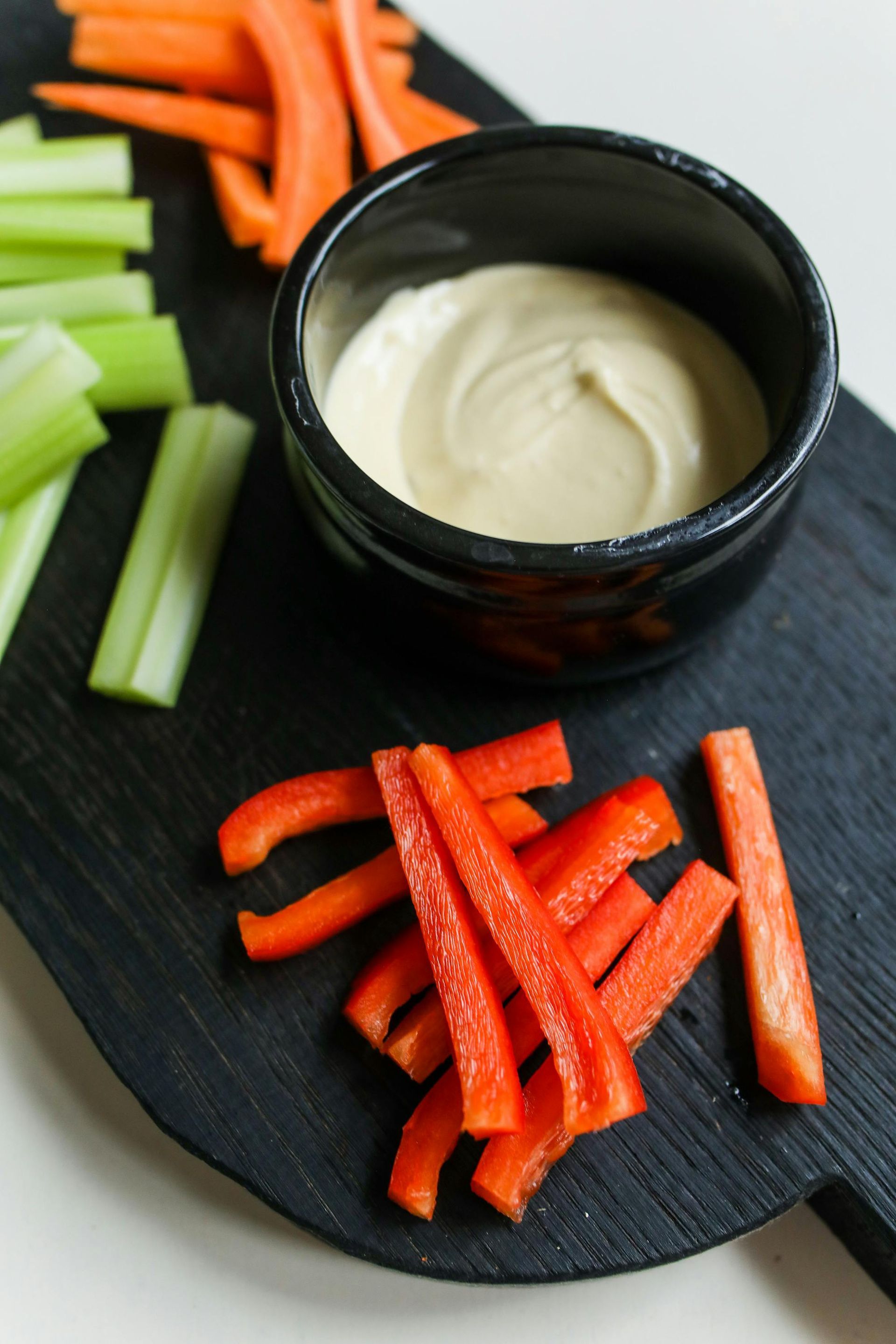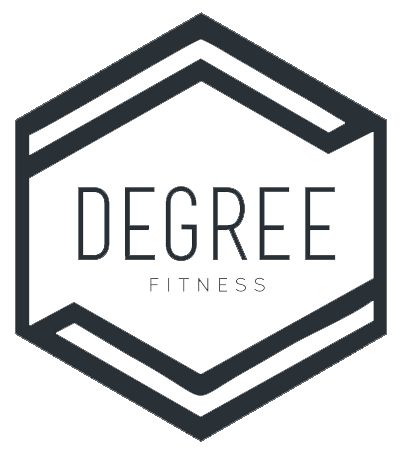5 Ways To Cook At Home More This Fall!
Written By: Mairead, Registered Dietitian
We all know that cooking at home more is a good option. Home cooking tends to be healthier than take-out or frequent restaurant meals, by being lower in salt, saturated fat, and sugar content, while giving us more options to add more good stuff. We can also save money by eating at home more often - purchasing the ingredients is often cheaper in the long run than frequent restaurant meals.
But making the move to cooking at home more can be hard! You need the time, skills, and knowledge to make that happen. Check out our tips to start making the switch, and to do it as painlessly as possible!
1. Pick the meal you want to change the most! Do you find yourself eating out more at one meal than others? By changing this habit, you'll be getting the biggest benefit for the effort you're putting in. Maybe this means packing a lunch for work more often, or maybe it's a specific dinner on one day of the week that's busy. Instead of trying to solve the problem of eating out in general, narrow it down to where it's bugging you the most or would make the most difference, and try to find solutions for this more specific problem.
2. Learn to make your favourites at home!
Do you just love certain take-out foods and find yourself eating them often? Most of the time, a homemade version is going to be more nutritious and give you more options to fit your health and fitness goals. By learning to make some of those favourite meals at home, you can still get close to the taste. Look for recipes online, and tweak them as you need to meet your needs.
3. Use gadgets and tools where you need to! Some kitchen tools can make life easier! Slow cookers, electric pressure cookers, and air fryers are all examples of tools that help you cut the hands-on time during cooking and reduce the number of pots that need to be cleaned. Sometimes this may take an extra few minutes of planning or prep up front (like putting ingredients in the slow cooker and making sure it gets turned on), but will help you have that homecooked meal at the end of the day with less effort overall!
4. Settle for semi-homemade if you need to!
Switching from restaurant foods to cooking a meal entirely at home can be a big leap if you've never done it. Knowing that any progress is still progress, a semi-homemade meal is still a step in the right direction. If preparing a whole meal feels like too much, try aiming for one or two components of the meal, and then using convenience options where you need them. For example, maybe you purchase a rotisserie chicken but then take the time to prepare a vegetable side to go with it.
5. Aim for progress over perfection! Any progress is still progress! Aiming for cooking at home more doesn't mean you'll never get take-out again. Even eating one or two less restaurant meals a week will improve the overall quality of your diet and help you save money. Like anything in nutrition and fitness, there is no perfect, and the goal is to be able to roll with the punches and adapt to changes, not just achieving the goal at all costs. Any steps you can take are still helping you move in the right direction!
Looking for more personalized nutrition advice? Let's chat! Email mairead@degreefitnessseaforth.com for more information about our Nutrition Programs, or click HERE to book your FREE Bite-Sized Nutrition Chat!



